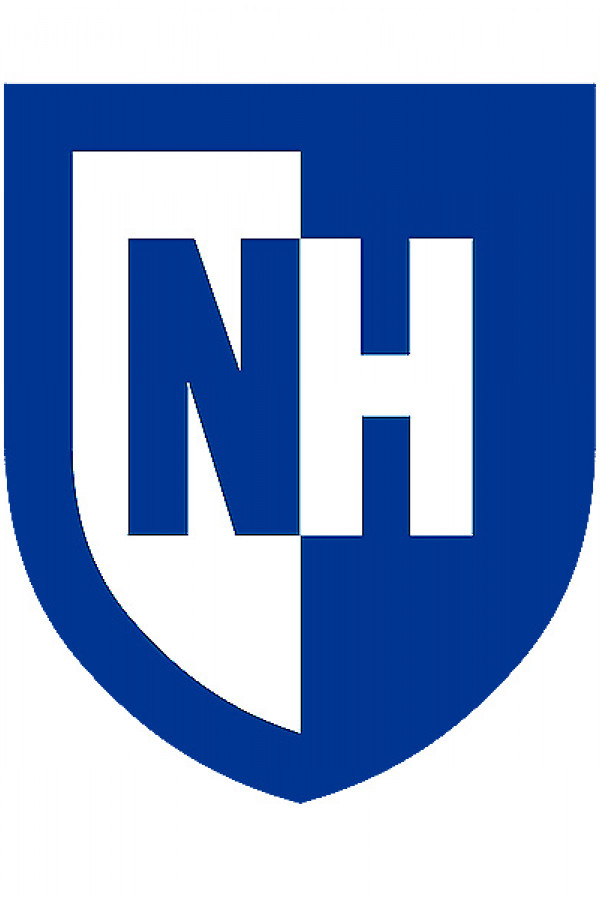Dealing with Multiple Datums, Different Realizations, Velocity in Coordinates, and Changes in Map Projections
The historical nature of working in assumed plane so-called ground coordinate systems, prior to the use in surveying of GNSS, created an incredibly simple mathematical solution that unfortunately ignored geodesy. It did work great on an HP calculator. Software solutions in the GNSS revolution have tried valiantly to attempt to mix our simplified plane surveying world with the often scary reality that geodesy confronts us with.
This seminar will begin with basic geodetic concepts inherent in our use of GNSS including datums, realizations, and gravity models. The focus will then move to the historical nature of plane projection systems in North America and how to deal with the coordinates derived from them. Obviously this will lead to the concept of grid vs. ground distance that has always been the major source of issues in the way we have performed plane surveying.
Various solutions to effective dealing with grid vs. ground will be presented including the newest concept of Low Distortion Projections (LDP). The effective use of localization in the inevitable attempt to resolve grid vs. ground issues will be discussed in detail. Changes in the new datum scheduled for 2025 will be discussed along with the concept of non static coordinates (velocity). The seminar will be very question and answer oriented with presentation of real data.


